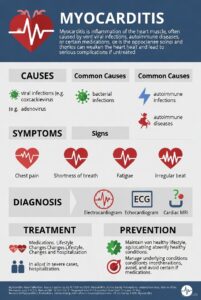Depressants
- Rapid development of tolerance and dependence
- Commonly used with alcohol
- Commonly types used:
- Sedative-hypnotics
- Barbiturates
- Benzodiazepines
- Barbiturate-like drugs
- Depress CNS
- Tolerance develops to drug’s effects but not brainstem-depressant effects
- Opioids
- Misuse of illegal street drugs and prescription opioids
- Cause sedation and analgesia
- Frequently abused
- Misuse of illegal street drugs and prescription opioids
- Sedative-hypnotics
- Toxicity
- Unintentional overdose occurs frequently
- Death can occur from CNS and respiratory depression
- Care includes support of respiratory and cardiovascular function
- Sedative-Hypnotics toxicity
- Benzodiazepine antagonist (flumazenil)
- No antagonists for barbiturates or other sedative-hypnotics
- Promote drug elimination
- Dialysis – used to decrease the drug level and to prevent irreversible CNS effects and death
- Gastric lavage with activated charcoal
- Opioids – reverse effect
- Naloxone (opioid antagonist)
- Reverses respiratory depression and coma
- Monitor closely
- May need repeated doses
- Naloxone (opioid antagonist)
- Withdrawal
- Sedative-Hypnotics
- May be life threatening
- Manifestations mimic alcohol withdrawal
- Delirium, seizures, respiratory and cardiac arrest within 24 hours of last dose
- Opioids
- Symptoms depend on opioid used, route of administration, duration of use
- Uncomfortable but not life threatening
- Can occur within hours after last dose
- Treatment often requires medications
- Sedative-Hypnotics




